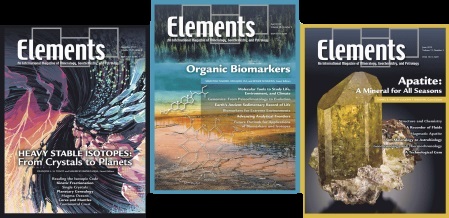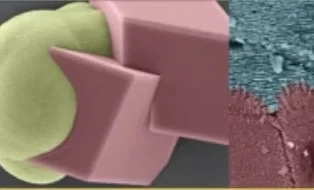Controls on CaCO3 Polymorphism: From Laboratory Precipitation to Biomineralization across Geological Time
Calcium carbonate (CaCO₃) forms various mineral polymorphs, including calcite, aragonite, and vaterite, each with distinct physicochemical properties. To benefit from these properties, marine organisms have evolved (some) control on the polymorphs from which their biomineral structures are built. This is achieved by modulating the conditions at their calcification sites and the nature of functional organic macromolecules that can serve as templates for carbonate crystallization. Environmental factors, such as seawater chemistry and ocean acidification, also affect polymorph selection, impacting organisms’ calcification pathways. Across geologic time, mass extinction events have influenced evolutionary-scale skeletal mineralogy trends. The organismal controls on CaCO₃ polymorphism have significant implications for ecological and industrial applications, offering insights into the development of environmentally friendly materials with tailored properties.



